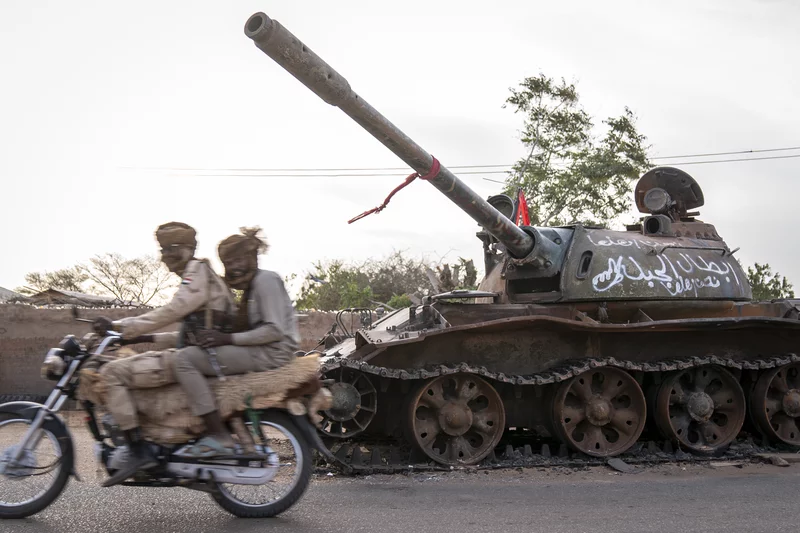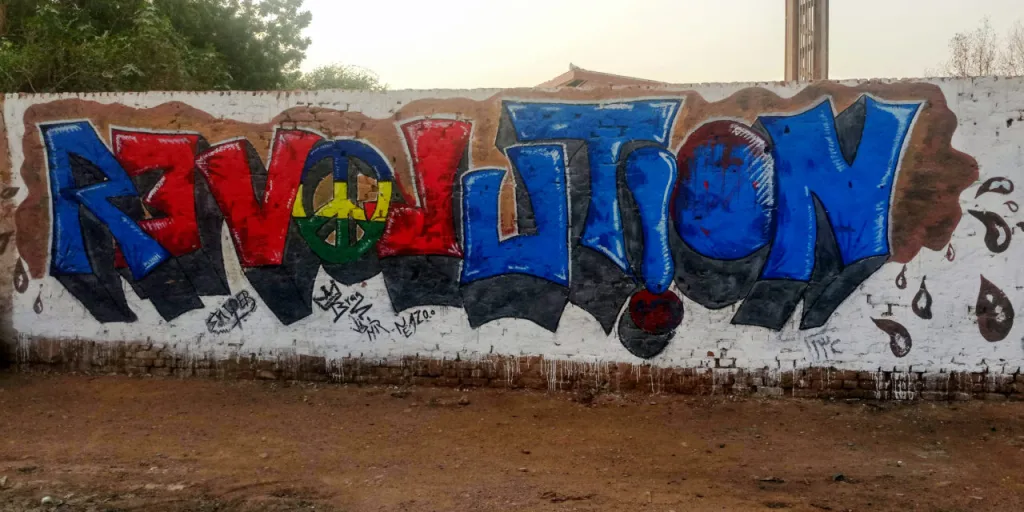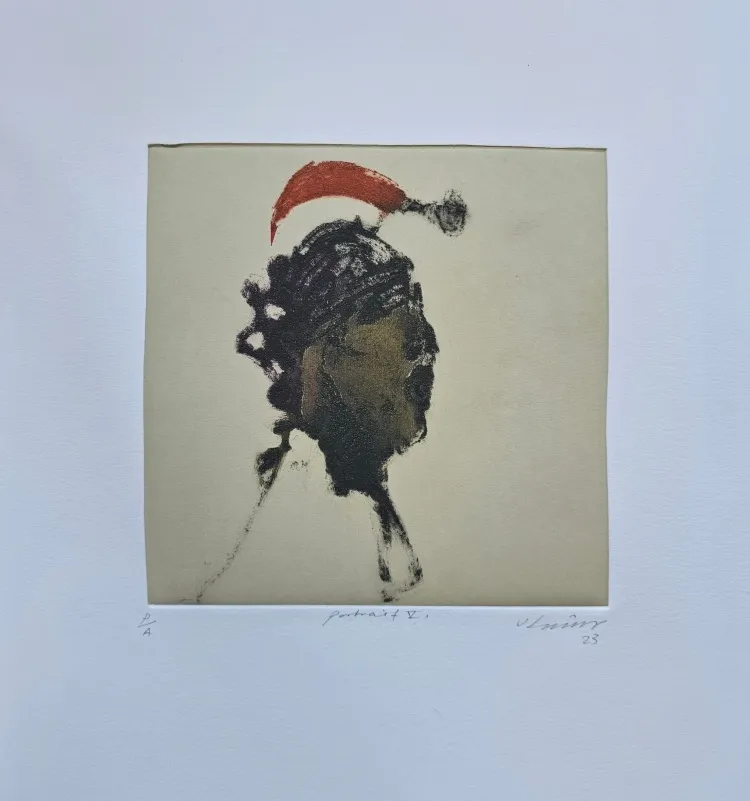There is hardly anyone who has not heard of the ongoing Sudan Civil war. It is particularly unfortunate because the country has witnessed over 19 military coup attempts as well as two civil wars. The first civil war lasted from 1955 to 1972 and the second was from 1983 to 2005.
On the 15th of April 2023, another civil war broke out between two of the main rival groups of Sudan’s military government: the Rapid Support Forces (RSF) and the Sudanese Armed Forces (SAF). Springing from a struggle for power between the two leaders of these factions, the war has been going strong. Attempts by international agencies to broker peace have proved futile. In all of these, over 15,000 people have been killed and millions have been displaced.

Due to this, many people have had to flee the country. Amongst these people are Sudanese artists who are expressing their pain and displeasure towards the “senseless war” with their art. Khartoum, which was once a thriving art ecosystem post-revolution, has been dealt a lethal blow.
Galleries lay in ruins, artworks have either been lost or destroyed in the war. Sudanese artists have been displaced from their homes and are now trying to find their footing in other countries. In light of their difficult situation, many are struggling to make a living. Others have lost pieces they invested so much time and effort into. For an artist, this can be nothing short of traumatising.
Artists like Abdelrahman Abdalla are channelling their feelings about the ongoing war into their art. In his project/collection which he calls, ‘Dark Tears,’ Abdelrahman Abdalla incorporates a somewhat abstract style in painting faces.
Last year, at the Fendika Cultural Centre in Ethiopia, he showcased his paintings at his exhibition. During this exhibition, he shared in an interview that his work was to express what is currently happening in Sudan. By making distortions to the human face, he visually represents what has been done to the victims of the war.

He also aims to create awareness about how damaging the war has been to people like him. Through his paintings, he highlights feelings of frustration, sorrow and depression as the country is experiencing a food crisis amidst arbitrary killings.
Before the 2019 revolution, artistic expression was very limited under the thirty-year dictatorship of Omar al-Bashir. The fear of imprisonment forced many Sudanese artists to relocate to places where they could create art without shackles.
It came as a relief to artists in the country when the 2019 revolution began. For the first time in a long time, artists painted murals all over the country to amplify the collective demand for democracy. After the deposition of al-Bashir, Sudanese artists delighted in their reclaimed freedom. Years of pent-up artistic juices flooded the country as artists depicted what life was like in the aftermath of the revolution.

In the wake of the revolution, Raheim Shadad decided to co-found an art gallery in Khartoum. Like many artists in the country, this curator eventually had to leave all that behind. Alongside other curators like Azza Satti, Shadad began a fundraiser to support Sudanese artists in exile. The gofundme raised about $13,000 and was immensely helpful to a good number of Sudanese artists.
Since the start of the civil war in Sudan, some Sudanese artists have relocated to Kenya. In an effort to empower themselves, the Res(e)t project was formulated. According to Raheim Shadad who is the project’s curator, the United States Agency for International Development (USAID) provided its funding.
The project explored four themes: documenting the war, relocating, evaluating what caused the war and deliberating on what comes after the war. The resulting exhibition which came to an end on the 23rd of August, 2024 featured the works of Sudanese artists reflecting the project’s themes.
One of these artists is Nader Minallah, a photographer whose main concept for the project is the paradoxical nature of Jada Al Nar. On the one hand, Jada Al Nar is a cultural tradition of the Blue Nile in Sudan which fosters peaceful co-existence. On the other hand, it is the harbinger of doom when exploited by agents of war. The latter is one of the contributing factors to the civil war that currently rages on.
Rashid Diab, one of the spearheads of Sudan contemporary art, fled the country last year because of the war. He settled in Spain where he once lived and worked. Before the war, Rashid Diab had founded the Rashid Diab Arts Centre (a non-profit organisation) to eliminate cultural illiteracy of Sudanese culture and the nation’s artists.
Within a duration of 17 years, the NGO thrived in its mission before it was tragically shut down because of the war in 2023. Through his most recent work – Portraits of War – Rashid Diab has given visual representation to the jarring experience of these sudden changes.
Many other prominent Sudanese artists like Reem Aljeally, Amna Elhassan, Hassan Kamil and Yasmeen Abdullah are lending their platforms and artistic voices to the civil war in Sudan. As the war subsists, these people cling to the hope that their voices will be heeded and the country will be restored to a state of normalcy.




